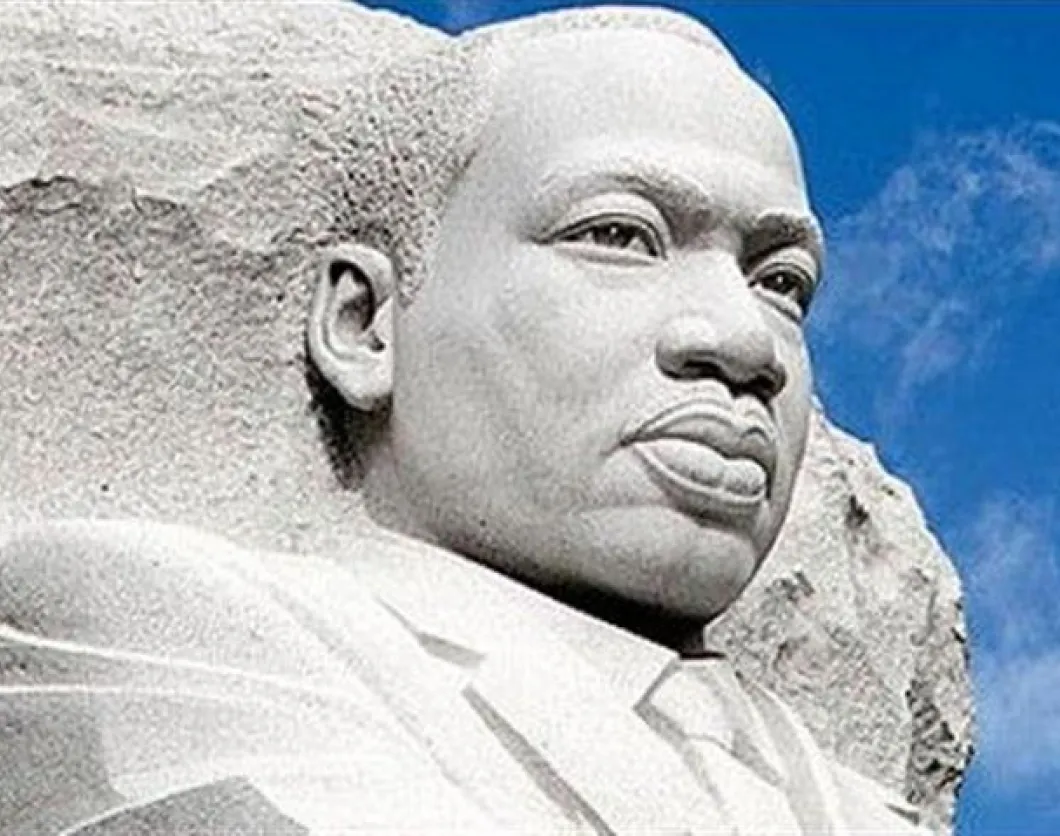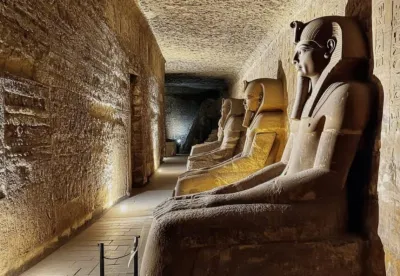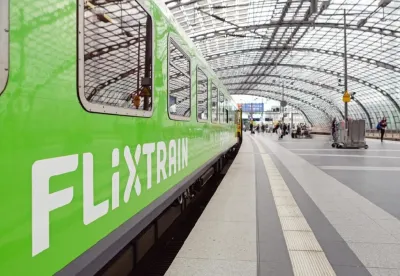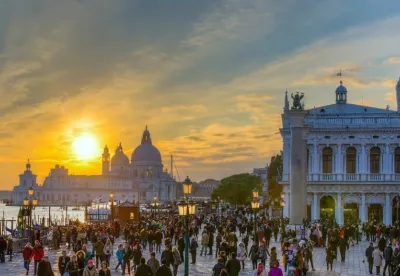It is often forgotten that Washington DC was once a sleepy southern town, and there were many free and genteel black households even while there was slavery further south. The city's history is therefore rich with stories from its African-American heritage and visitors today can get a glimpse of some of this black history through several educational tours. Many of these are offered by Cultural Tourism DC, a nonprofit organization that offers great in-depth and well-researched tours to those that want to glimpse the past vividly.
Civil War and Cultural Highlights
Several sites in Washington DC are particularly important in telling the city's black history. These include the Lincoln Theater which was one of the few public entertainment venues that segregation did not affect and the African American Civil War Memorial. This War Memorial is a memorial to the sailors and soldiers who fought for the Union faction in the Civil War. It includes a walking area with the names of the men inscribed on short panels, and famous statues like the nine-foot tall 'The Spirit of Freedom' bronze sculpture.
Both these sites are included on the guided walking tour “Before Harlem, There Was U Street” organized by Cultural Tourism DC, to show you the historical home of jazz and Duke Ellington's neighborhood. U Street was dubbed 'Black Broadway' as it became the center of African-American culture by the 1920s, growing out of the freedmen who stopped at the Union Army's military encampments there.
Bus tours organized by Capitol Entertainment Services Inc. will take you to off-the-bus sites such as the Supreme Court, the Emancipation Statue (also known sometimes as the Lincoln Memorial) and Dr. Martin Luther King Jr.'s time capsule. The time capsule is buried under Freedom Plaza, meant to be unearthed and opened after a hundred years in 2088.
Historic Neighborhood Tours
For a self-guided tour where you can enjoy the sites at your leisure, you can try the Neighborhood Heritage Trails organized also by Cultural Tourism DC. When you sign up for these tours, you gain access to information and maps on well-marked walking routes with poster-sized illustrated signs through DC's many historic neighborhoods. Cultural Tourism offers fifteen neighborhood trails, where African-American culture was strong.
You could take the Adams Morgan Heritage Trail and learn more about its vibrant multi-cultural community of artists, immigrants, entrepreneurs and activists. Or you could explore Barracks Row on Capitol Hill, with its rich political and military history. The Brightwood Trail will thrill Civil War enthusiasts and Columbia Heights will offer a look at the lively neighborhood's history from its elite community to growing economic and cultural diversity.
The Downtown Trail, just east of the White House, will focus on the city's experience during the Civil Wars and let you sample the neighborhood's character, restaurants and businesses along the way. Other neighborhoods on the program include Greater Deanwood, Federal Triangle, Tenleytown, Greater U Street, Logan Circle, Southwest, Mount Pleasant, Georgia Avenue and Greater H Street, all with their own rich history and character.
Over Two Hundred Sites on the African American Heritage Trail
Cultural Tourism DC also offers an African American Heritage Trail, a tour that highlights the sites which were important in the black history of both Washington and the rest of the nation. On the tour, locals and tourists get a chance to gain a greater appreciation for the many generations of rich African American culture that has led to the building of communities, businesses and churches across Washington DC. This well-researched and excellent tour includes more than two hundred sites related to surveyor and scientist Benjamin Benneker's role in the District's survey, to the famous Lincoln Memorial speech by Reverend Dr Martin Luther King Jr., DC's first all-black fire company Engine Company No 4., and other important moments in DC's black history.
DC was home to many emancipated blacks, entrepreneurs, artists, activists and a growing black population despite a slave-trading center, at a time when segregation was widespread. The rich culture that has grown from these communities, that we sometimes take for granted today, came from difficult times, and these are memorialized in sites across DC that are worth a visit.












